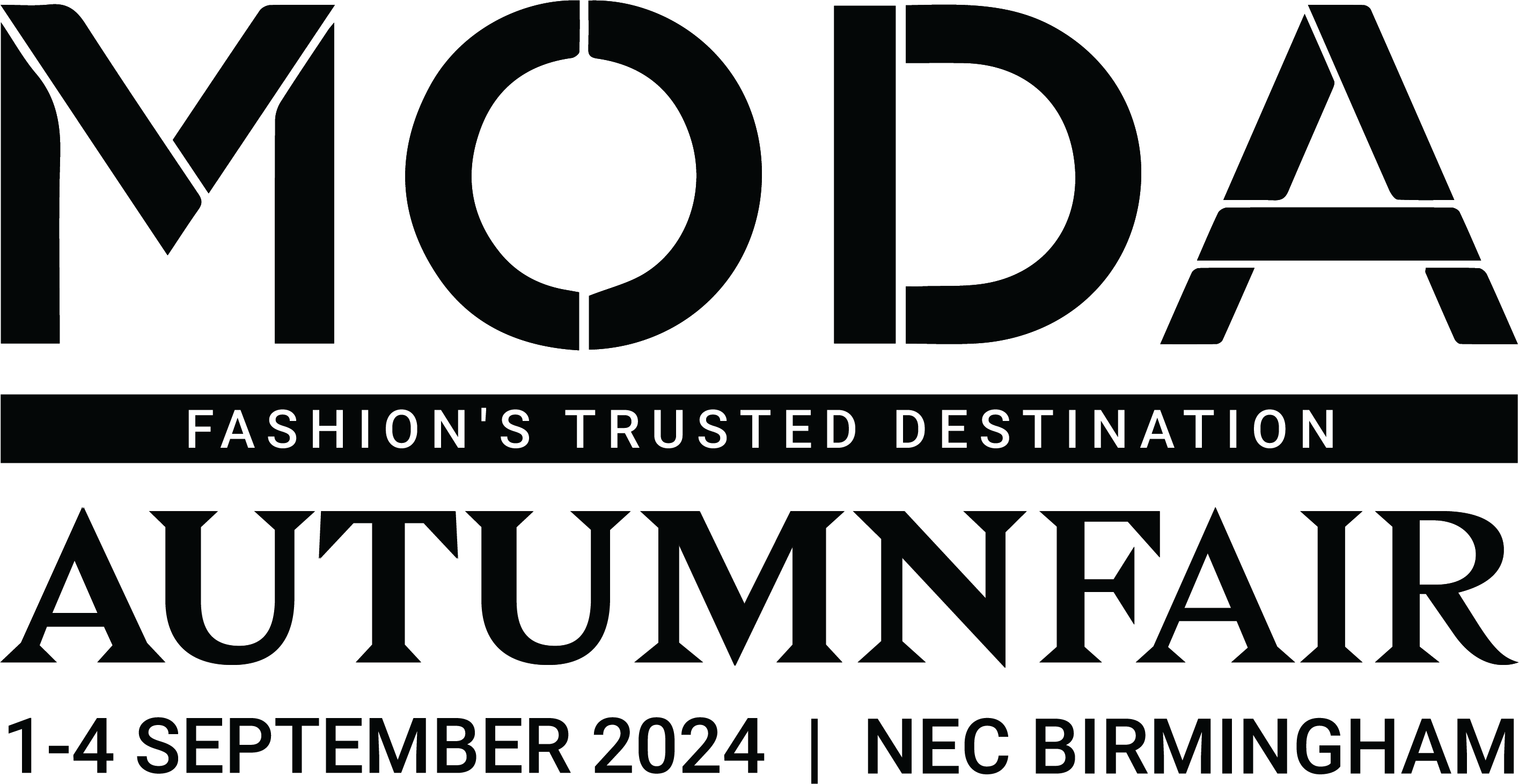Innovating Sustainably
)
Lucy Reece Raybould, chief executive officer of the British Footwear Association (BFA), considers new green marketing guidance from the Competition and Markets Authority (CMA) and explains why innovation and sustainability are intertwined in today’s competitive consumer landscape.
We are all now working for, buying from, or advocating for businesses that are operating during the Fourth Industrial Revolution (4IR). This new era of growth is characterized by digital patterns of behaviour, artificial intelligence and automation, while also reflecting the pervasiveness of internet-led technologies in our daily lives and our individual and societal ‘digital footprints’.
At the same time, however, we know that consumers are interested in sustainability and demanding even greater levels of corporate social responsibility from the businesses they buy from. The desire to protect people and planet (and the naming and shaming of those who are quite rightly or unfortunately called out) is spearheaded by technology, especially social media, but also facilitated by digital supply chains, traceability and transparency schemes and blockchain. Technology and sustainability are distinctive, but interlinked.
A report by PricewaterhouseCoopers (PwC) titled ‘Accelerating Sustainable Development in the 4th Industrial Revolution’ states: “For all the potential that these technologies offer, however, they could also put greater stress on the Earth, its resources, and on our society. We should ensure, therefore, that these technologies are harnessed in the right way, to fulfil their potential to revolutionize our world, transform the lives of people, and unlock new pathways to prosperity - fast-tracking sustainable development globally.”
In the coming decade, consumers are going to expect to see increasingly digitised brands and businesses using their access to technology to support social and environmental causes that matter. The more advanced the technology becomes, the more nuanced the ‘ethical’ or ‘sustainable’ response will need to be. According to the same PwC report, progress to reach the UN Global Goals for sustainable development by 2030 is not on track; 785 million people remain without basic drinking water, for example.
Your customers aren’t going to expect you to have solutions for the world’s ills. That being said, they do expect you to acknowledge ‘weak spots’ in your sector and demonstrate the steps you are taking to tackle them, or at the very least consciously understand them and be aware of them. The companies that have already started walking this route have immediately set upon challenges, however, especially in communications and marketing. ‘Greenwashing’ is a genuine issue and it’s become a buzzword to signify a lack of authenticity in sustainable and environmental pledges to curry favour. In fact, ‘greenwashing’ has become such a concern that the Competition and Markets Authority (CMA) is currently drafting guidance that will ensure businesses don’t mislead or confuse their customers with their green claims. Over on the BFA website, we’ve outlined the draft guidance as it stands ahead of the September roll-out of the final version.
What’s clear from the CMA’s guidance is that simple stock phrases and assertions are no longer going to cut it. Even a poorly worded Tweet or a caption on your website could fly in the face of CMA guidance. For example, the draft ‘rules’ say businesses must only make “fair and meaningful comparisons,” which means those “X is greener than Y…” statements will need to be vigorously robust. Secondly, any claims must consider the full lifecycle of a product because “claims can be misleading where they don’t reflect the overall impact or where they focus on one aspect of it but not another”. What does this mean in practice? As a footwear, accessories or fashion brand owner, saying a particular fabric makes a product ‘greener’, for example, could be deemed misleading if the process of creating that product is in itself not substantially ‘green’. Choosing language correctly and carefully is paramount.
I hope this demonstrates how technology, digital communications, sustainability and environment are all linked for brands that are competing in today’s product landscape. While the overall outlook can seem insurmountable, it is important to remember that ‘doing good’ and operating with a ‘green’ approach can take many forms, on a range of scales, involving numerous tasks. Recently, we spotlighted Huddersfield-based, family business SoleResponsibility, which focuses on the ‘circular economy’ to save subprime branded trainers from landfill or incineration by selling them on eBay. More recently, the business has become an official sustainability partner of JD Sports and is helping the retailer find a more sustainable solution for its returned stock. You can read the full story on the BFA website.
Here we can see two businesses that are using technology and innovative collaboration to make a difference in a way that feels authentic, useful and logical. There’s little chance of falling outside the CMA guidance and customers can clearly see the purpose and benefit of the action. This is an example of ‘innovating sustainably’ that really hits the mark and, frankly, is a far better marketing message that slapping the word ‘green’ on a box and hoping consumers bite.
Find out more about becoming a member of the BFA, here.


